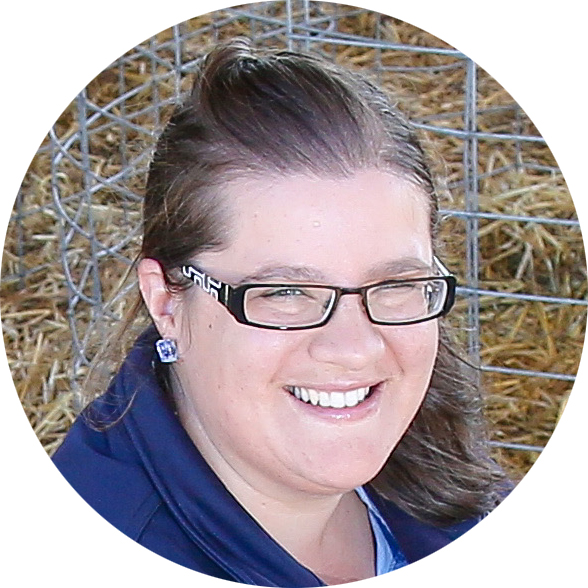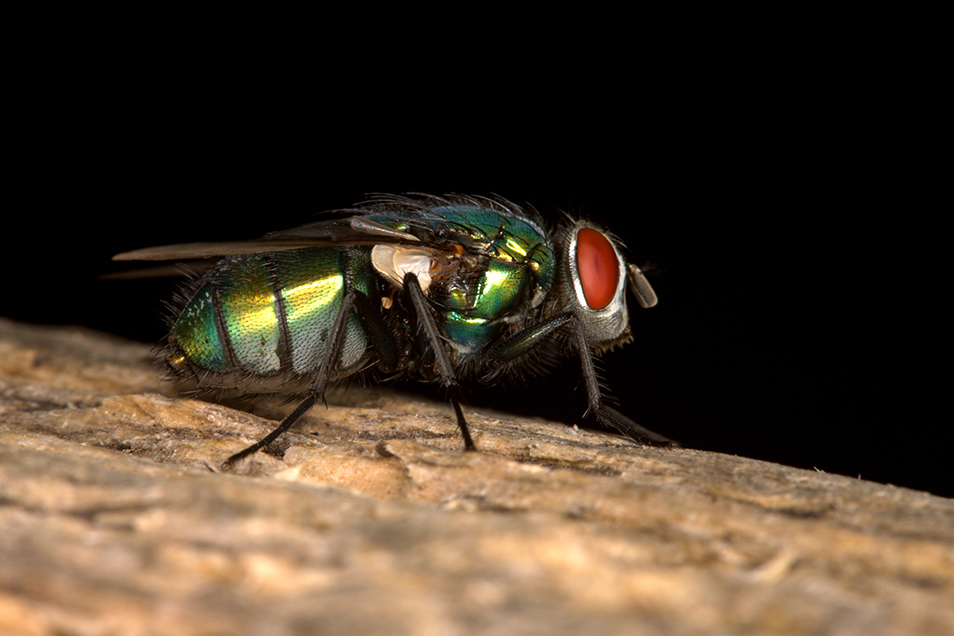Spring in and control flystrike
 PRODUCTION ADVICE - NOVEMBER 2020 - ANIMAL BIOSECURITY & WELFARE
PRODUCTION ADVICE - NOVEMBER 2020 - ANIMAL BIOSECURITY & WELFARE
By Linda Searle
District Veterinarian
P: 03 5881 9919 | M: 0427 629 740 | E: linda.searle@lls.nsw.gov.au
 It’s the time of year when flies, and therefore flystrike, start to become a big problem for sheep.
It’s the time of year when flies, and therefore flystrike, start to become a big problem for sheep.
This year is shaping up to be especially bad, as the warm, moist conditions favour the breeding of the Australian sheep blowfly Lucilia cuprina. This pretty, green fly has a pretty nasty habit of snacking on sheep, making it the scourge of sheep producers across the land. I have already had reports of strikes happening during winter, when fly numbers are usually low. Producers have also reported strikes in goats and dorpers, which don’t normally have a high flystrike risk.
As we move into the traditional fly-breeding period, we are likely to see more flies, which means a higher risk of fly-struck sheep.
So, what options do you have to control these pests and limit strike in your sheep?
In the long term, the best solution is to breed sheep that are less susceptible to flystrike. Wrinkles, breech cover and dags all increase the moisture on the skin, which attracts the flies. Using tools such as the Australian Sheep Breeding Values when choosing your rams helps you select the future genetics of your flock. By breeding away from these traits, you end up with sheep more resistant to strike. This won’t fix your problem tomorrow, but the sooner you start, the sooner you will see results.
Management strategies can also play an important part of strike prevention. Control dags by treating underlying causes such as worms or bacterial diarrhoea. Think about the timing of shearing and crutching. Modifications to the breech area such as tail docking and mulesing are also tools used to decrease the susceptibility to strike.
Chemical control can also be used to treat or prevent flystrike. As flies can develop resistance to chemicals, it is best to use an integrated management plan rather than relying on chemical alone. Different products are used in different situations, such as long- or short-woolled sheep. It is important to take into account the withholding periods - for meat and the wool harvest interval - when choosing a product. More information can be obtained from your local vet or at https://www.wool.com/sheep/welfare/breech-flystrike/latest-research/.
Monitor sheep closely, especially during high-risk fly periods, and treat struck sheep quickly. Controlling the risk of flystrike leads to better health and welfare outcomes for your sheep as well as more money in your pocket.